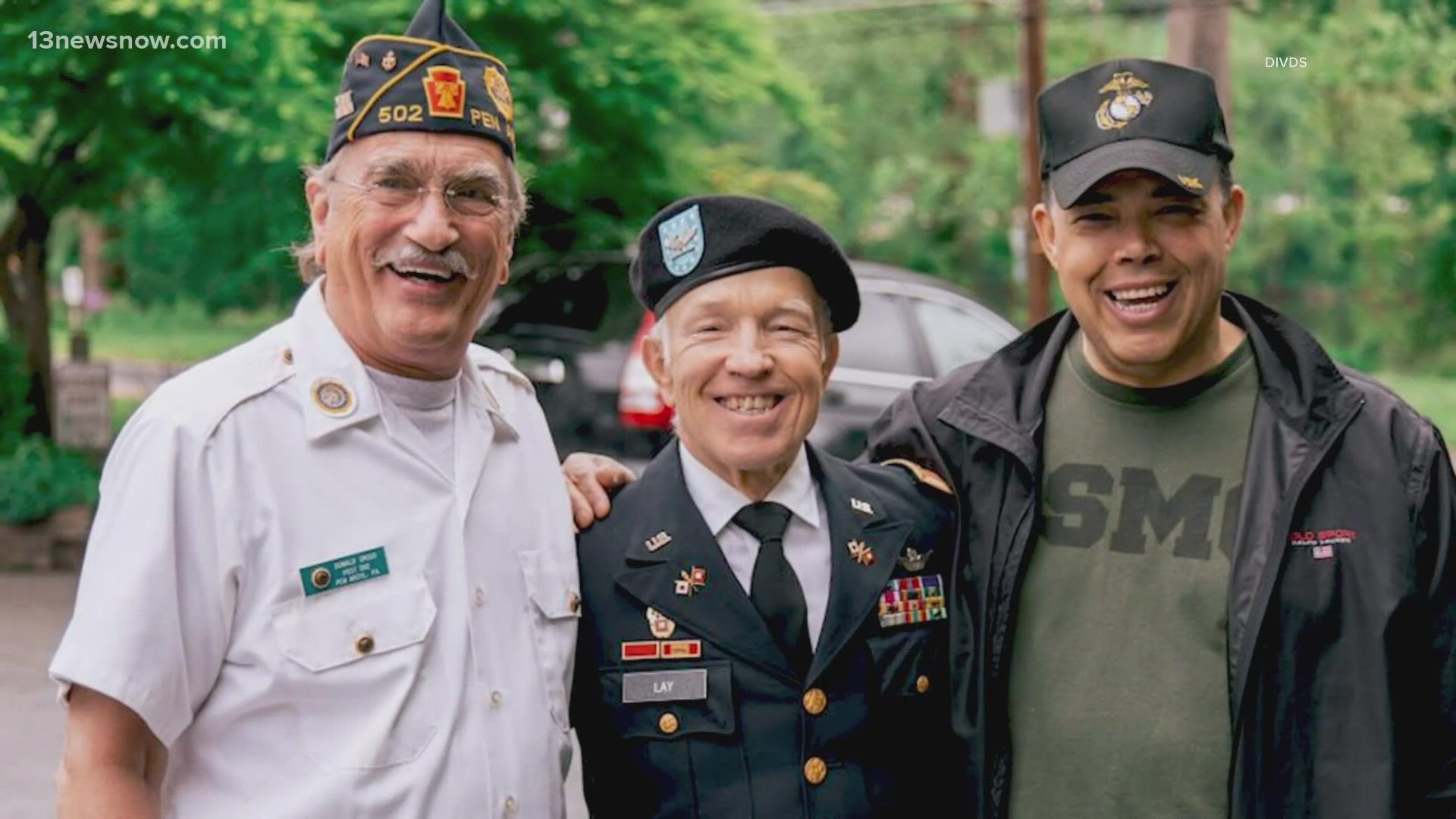SAN DIEGO — It's hard to believe, but after serving their country, tens of thousands of military veterans are going hungry.
The Department of Veterans Affairs estimates the number to be 94,000, or between 2% to 3% of around 6 million vets it surveyed.
According to a 2021 U.S. Department of Agriculture study, 11.1% of working-age veterans lived in food-insecure households.
And, 5.3% lived in households with very low food security, meaning the food intake of some household members is reduced and normal eating patterns are disrupted due to limited resources.
"Women, veterans of color, and those with a history of PTSD and other military sexual trauma are particularly high-risk for experiencing food insecurity, as well as other vets with other un-met social needs, such as housing insecurity," said Dr. Christine Going said testifying Monday before the House Veterans Affairs Subcommittee on Economic Opportunity.
The USDA study found food insecurity was especially high among disabled working-age veterans at 33. And, among unemployed working-age vets, it's at 20%.
"Food insecurity can create or exacerbate other issues and is one of the many contributing factors that has led to increased suicide rates, diabetes, heart disease and depression," said Rep Mark Takano (D-California).
In April of this year, the Government Accountability Office reported that the Department of Veterans Affairs hasn't fully monitored or evaluated the effectiveness of its hunger screening efforts, and concluded that veterans can fall through the cracks.
Lawmakers on Monday urged the federal agencies to re-double their efforts.
"We're hopeful that through continued collaboration at the federal and local level, USDA and VA will be able to tackle this issue together and ultimately eliminate veteran food insecurity," said Rep Mike Levin (D-California).

